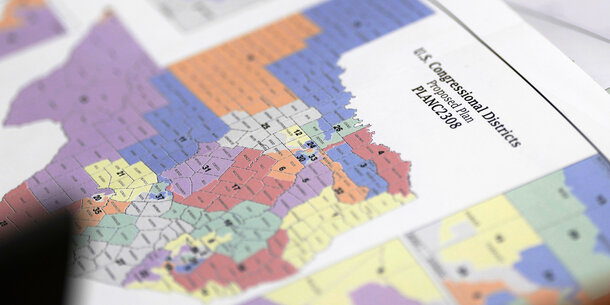On Monday, the Census Bureau released the first results of the 2020 census. We learned the populations of each state and how many seats each state will get in the House after the next redistricting cycle. After the past few years, we should breathe a silent prayer of gratitude that it was all… normal.
The stakes politically couldn’t be higher, meaning an accurate count is supremely important.
Even a slight undercount could cost a state a congressional seat. And in New York, we learned, it did. Had 89 more New Yorkers been counted, the state would not have lost one of its 27 members of the House.
But the census isn’t just about political power — it’s all about resources, too. In addition to congressional seats and data with which maps are redrawn, census data determines the distribution of over $1.5 trillion annually in federal funds for programs such as healthcare, food assistance, and education.
In other words, the census is also about public goods and how they’re distributed.
The nation’s population growth over the past 10 years came entirely from nonwhite communities. Latino, Black, and Asian American citizens will account for 80 percent of the increase in eligible voters between 2010 and 2020. For communities of color to receive political representation and critical investments commensurate with their size, they must be counted fully. The census has historically failed to do so, contributing to entrenched inequality.
These once-in-a-decade numbers come after an unusually challenged census: a pandemic, hurricanes, and wildfires that displaced people throughout the country and made canvassing door-to-door harder, on top of underfunding and unprecedented political interference from the Trump administration.
But not all signs point to an inaccurate count: the Supreme Court blocked the Trump administration’s attempts to add a citizenship question, and advocates prevented the Trump administration from skipping essential counting time. Nonprofits and state and local governments worked tirelessly for years to encourage full participation in the census.
By the end of September, we’ll see the detailed data set that includes demographic information, including race and ethnicity. Will we get an accurate count of our nation’s growing communities of color, ensuring they receive the political power and funding they’re owed? Or will the apportionment totals cover up racial or ethnic undercounts, like they did in 2010?
Like I said, the census’s results are a big deal.



